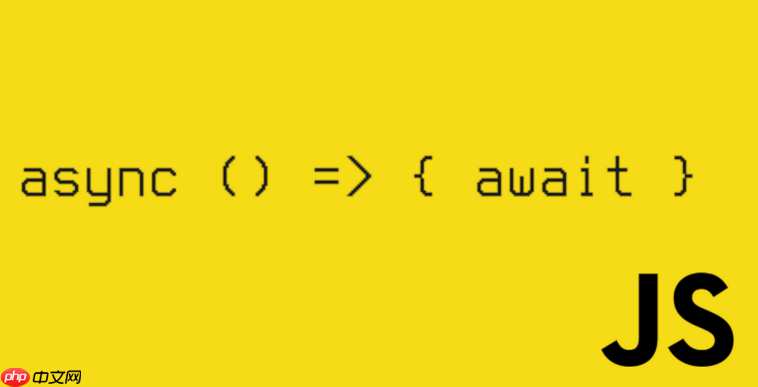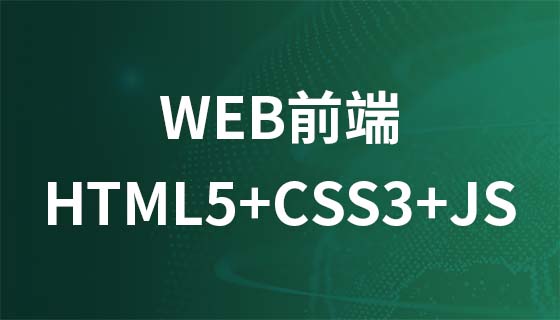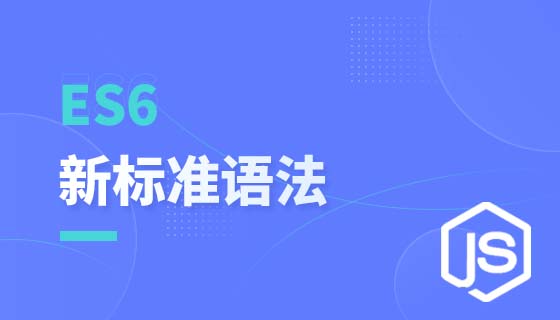箭头函数通过词法绑定this解决传统函数this指向混乱问题,其语法更简洁,适用于回调和单行表达式,但不能作为构造函数或对象方法使用。

JavaScript箭头函数,在我看来,是ES6为我们前端开发者带来的一份实实在在的礼物,它极大地简化了函数的书写方式,尤其是在处理
this
this
当我们谈论JavaScript中的函数,很长一段时间里,
this
this
this
this
this
this
this
这大概是我在日常开发中,最常感激箭头函数的地方了。回想一下,在ES6之前,处理
this
setTimeout
this
this
undefined
call
apply
bind
举个例子,一个经典的问题:
const person = {
name: 'Alice',
greet: function() {
setTimeout(function() {
console.log(`Hello, my name is ${this.name}`); // 这里的 this 是什么?
}, 1000);
}
};
person.greet(); // 输出:Hello, my name is undefined (或全局对象的name)这里,
setTimeout
this
window
global
undefined
person
var self = this;
bind
const person = {
name: 'Alice',
greet: function() {
const self = this; // 保存外部 this
setTimeout(function() {
console.log(`Hello, my name is ${self.name}`); // 使用保存的 self
}, 1000);
}
};
person.greet(); // 输出:Hello, my name is Alice或者:
const person = {
name: 'Alice',
greet: function() {
setTimeout(function() {
console.log(`Hello, my name is ${this.name}`);
}.bind(this), 1000); // 显式绑定 this
}
};
person.greet(); // 输出:Hello, my name is Alice这两种方法虽然有效,但总觉得有些繁琐,不够优雅。而箭头函数则以其“词法
this
this
this
const person = {
name: 'Alice',
greet: function() { // 这是一个传统函数,它有自己的 this
setTimeout(() => { // 箭头函数,它的 this 继承自外层(greet 方法)的 this
console.log(`Hello, my name is ${this.name}`);
}, 1000);
}
};
person.greet(); // 输出:Hello, my name is Alice是不是瞬间清爽了许多?这里的箭头函数直接继承了
greet
this
person
this
除了
this
参数列表的括号:
()
() => { ... }param => { ... }(param1, param2) => { ... }传统函数则总是需要括号,即使没有参数:
function() { ... }function(param) { ... }函数体的花括号与隐式返回:
{}const add = (a, b) => a + b;
{}return
const calculate = (a, b) => { const sum = a + b; return sum * 2; };传统函数无论单行多行,通常都需要花括号,并且总是需要
return
没有 arguments
arguments
arguments
arguments
...args
const sumAll = (...args) => {
console.log(args); // [1, 2, 3]
return args.reduce((acc, curr) => acc + curr, 0);
};
sumAll(1, 2, 3);传统函数则拥有自己的
arguments
不能用作构造函数: 箭头函数不能使用
new
[[Construct]]
prototype
new MyArrowFunction()
没有 super
super
this
super
不能用作生成器函数: 箭头函数不能包含
yield
这些语法上的差异,让箭头函数在某些场景下,尤其是作为回调函数时,写起来更加流畅和简洁,但也意味着它并非传统函数的完全替代品,两者各有其适用场景。
理解了箭头函数的特性,我们就能更好地决定何时使用它,何时避开它。这并非一个“非此即彼”的选择,而是根据具体需求和场景来做出的权衡。
优先使用箭头函数的场景:
作为回调函数: 这是箭头函数最常见的用途。无论是
setTimeout
setInterval
map
filter
forEach
reduce
.then()
.catch()
this
this
// 数组方法
const numbers = [1, 2, 3];
const doubled = numbers.map(num => num * 2); // 简洁且 this 无忧
// 事件监听
document.getElementById('myButton').addEventListener('click', () => {
// 这里的 this 仍然指向外层作用域的 this,通常是 window 或 undefined
// 如果需要访问事件目标,使用 event.target
console.log('Button clicked!');
});在我看来,这种情况下,箭头函数简直是开发者的福音,它让代码意图更加清晰,减少了不必要的
bind
self = this
短小、逻辑简单的函数: 当函数体只有一行表达式并需要返回其结果时,箭头函数的隐式返回特性让代码极其简洁。这对于一些纯粹的计算或转换逻辑非常适用。
保持 this
this
this
不应该使用箭头函数的场景:
作为对象的方法: 如果你希望方法内部的
this
this
const user = {
name: 'Bob',
sayName: () => {
console.log(this.name); // 这里的 this 不会是 user 对象,而是全局对象或 undefined
}
};
user.sayName(); // 输出:undefined (或全局对象的 name)
// 正确的做法是使用传统函数
const userCorrect = {
name: 'Bob',
sayName: function() {
console.log(this.name); // 这里的 this 指向 userCorrect 对象
}
};
userCorrect.sayName(); // 输出:Bob我个人觉得,这是初学者最容易犯错的地方之一,因为箭头函数的简洁性很容易让人误以为它无所不能。
作为构造函数: 如前所述,箭头函数不能被
new
prototype
class
需要 arguments
arguments
...args
需要动态 this
this
document.getElementById('myButton').addEventListener('click', function() {
console.log(this.id); // 这里的 this 指向 myButton 元素
});
// 如果用箭头函数,this 会是外层作用域的 this,而不是按钮元素不过,现在我们通常会通过事件对象
event.target
this
总的来说,箭头函数是JavaScript中一个强大的工具,它在解决
this
以上就是JS 箭头函数特性解析 - 对比传统函数的 this 绑定与语法差异的详细内容,更多请关注php中文网其它相关文章!

每个人都需要一台速度更快、更稳定的 PC。随着时间的推移,垃圾文件、旧注册表数据和不必要的后台进程会占用资源并降低性能。幸运的是,许多工具可以让 Windows 保持平稳运行。




Copyright 2014-2025 https://www.php.cn/ All Rights Reserved | php.cn | 湘ICP备2023035733号